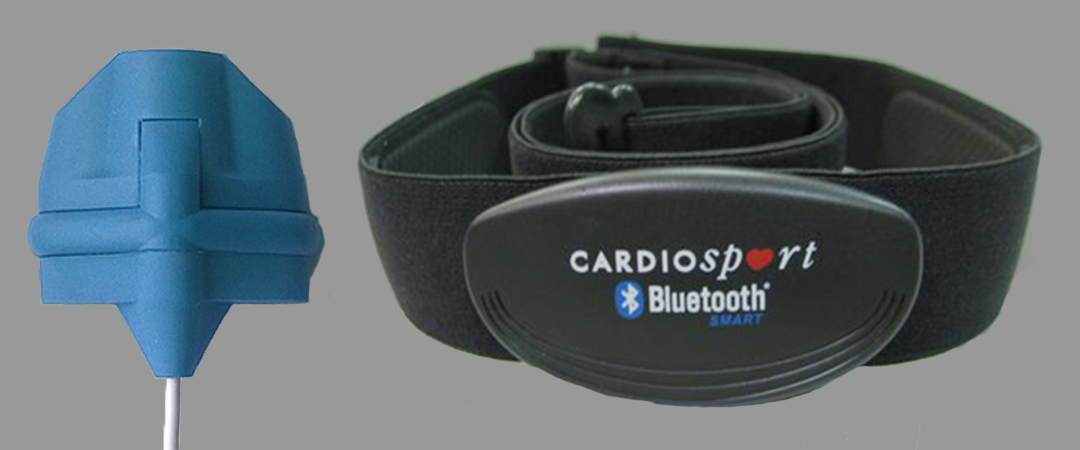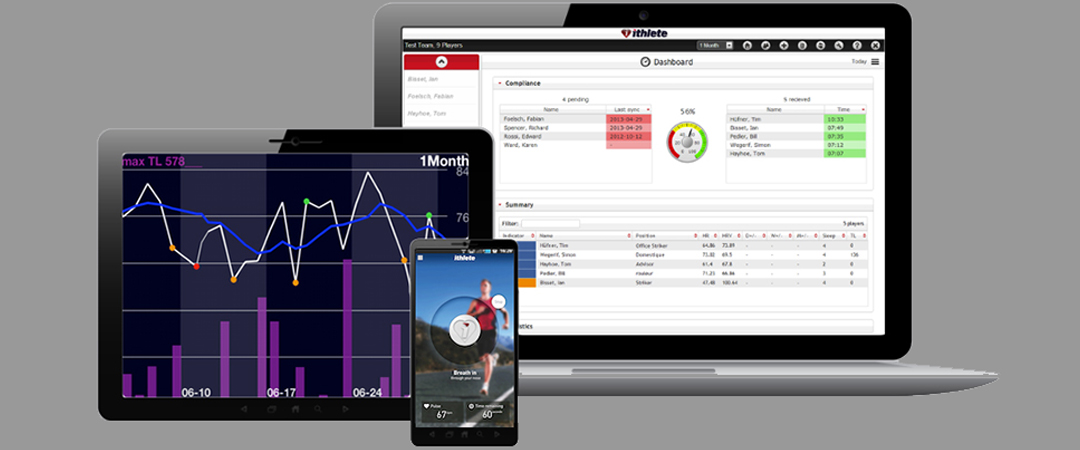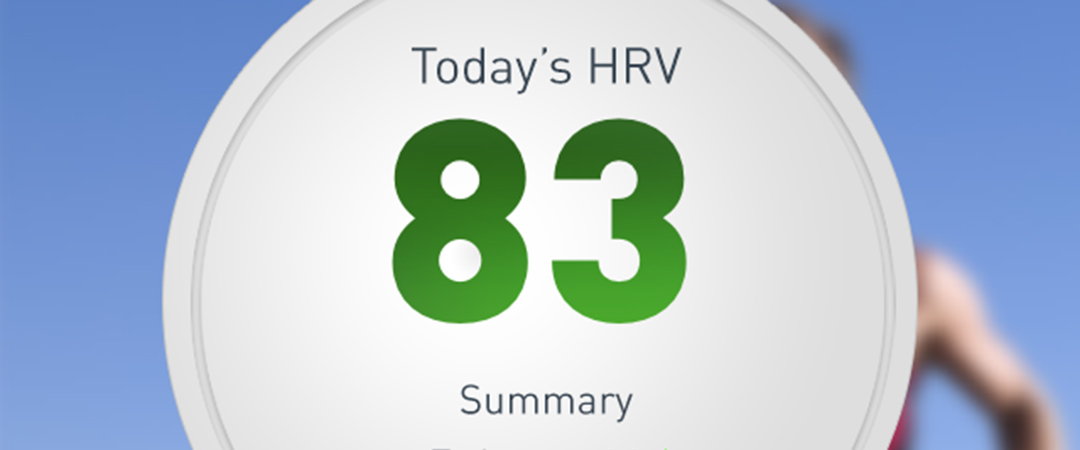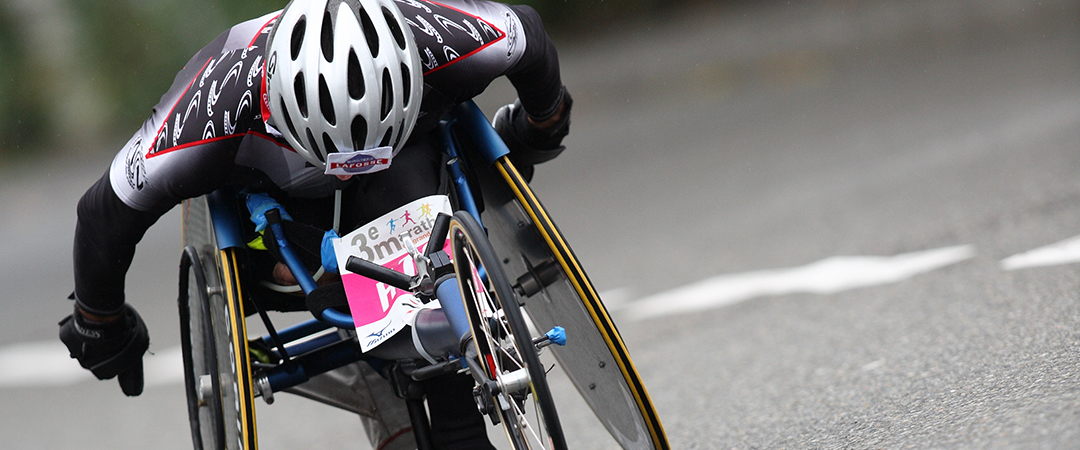The ithlete blog
Welcome to the ithlete blog, the central place to get the latest company news, read real user stories, get our take on heart rate variability news and research, get top tips on using ithlete and share your thoughts.
If you are looking for something in particular you can use the category sections, popular tags or the site search bar to jump right to what you need.
Featured post
No Results Found
The page you requested could not be found. Try refining your search, or use the navigation above to locate the post.
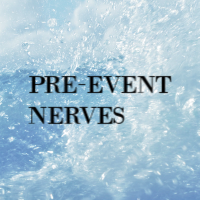
What can HRV tell us about pre-competitive anxiety and performance?
There has also been a large amount of research into the relationship between HRV and stress. The most common and important source of stress to athletes is pre-competitive anxiety and it is not known to what extent this impairs their performance.
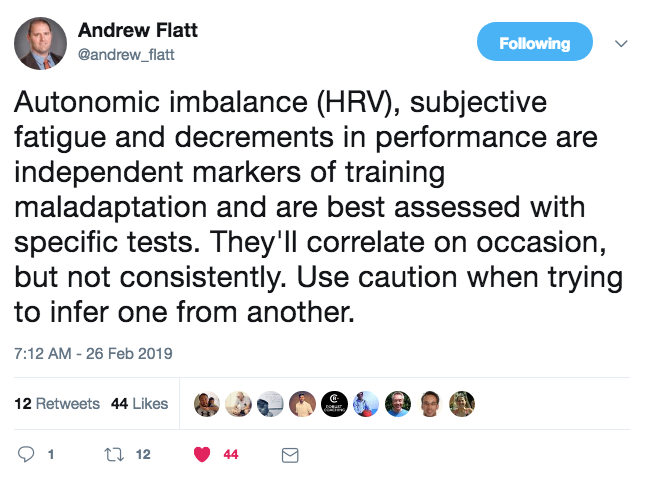
Detecting Chronic vs Acute fatigue in Mountain Athletes
We recently came across an article highlighting difficulties when trying to identify chronic fatigue using HRV. The authors graciously gave us the opportunity to reply, which is now is part of the revised article, and here are our final thoughts.
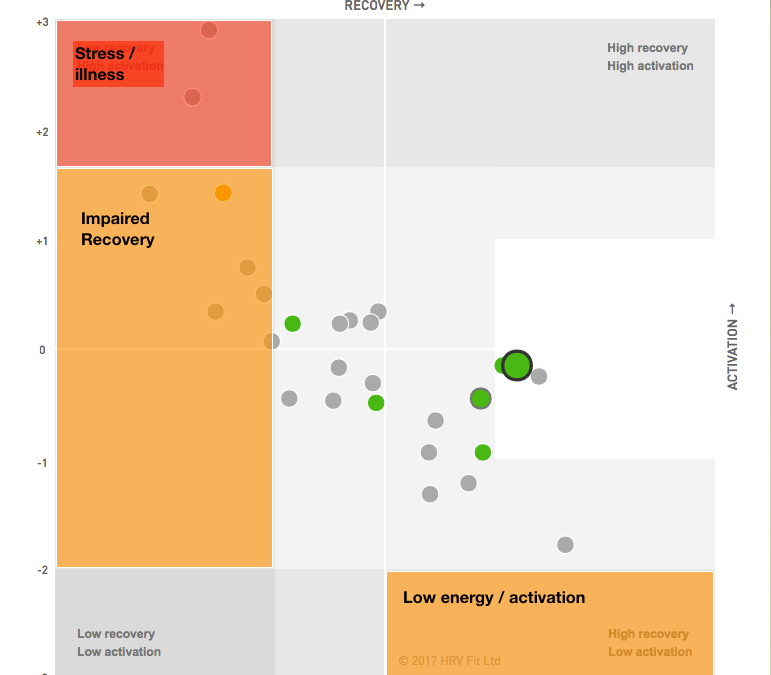
Why ithlete? Know when to train and when to rest
There are many great reasons to choose ithlete, so many that we’ve written a blog series looking at why we do things the way we do. Follow the series to learn more about the type and length of measurement, how breathing influences your HRV and much more. In an earlier...

Why ithlete? – Recording Training Load
Recording Training Load alongside your heart rate variability measurements adds context and better feeds the Simon Says AI training guidance. Read about how best to do so here.
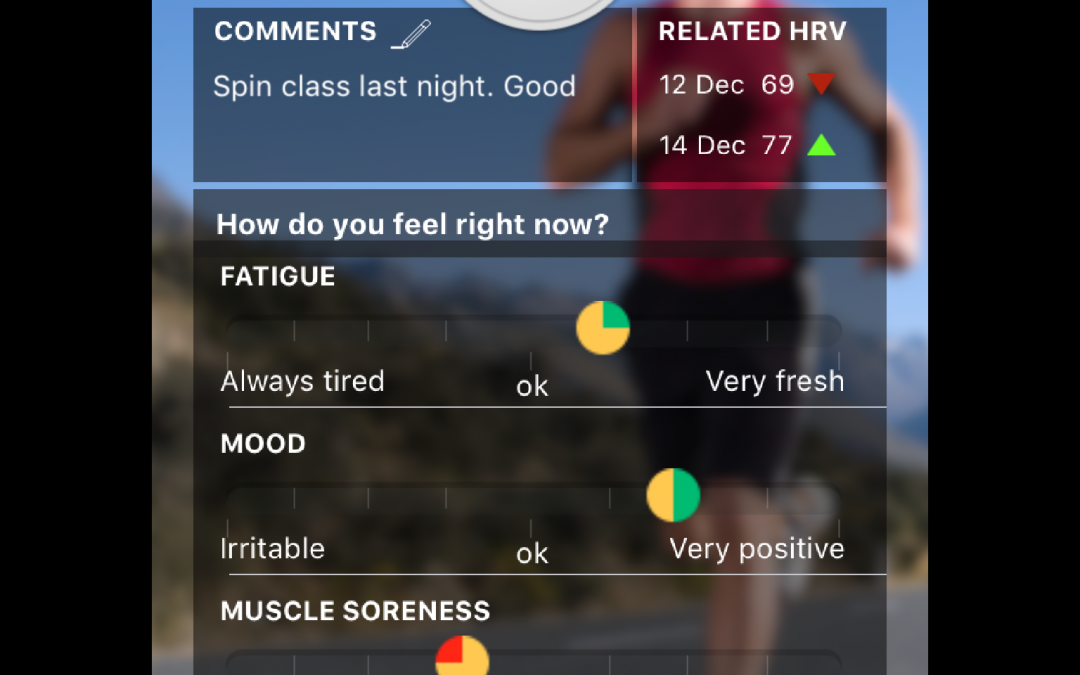
Why ithlete? Adding context to HRV with Wellness metrics
Many people enjoy watching their HRV number fall after hard training, followed by a rebound a day or two later can be very satisfying. They also notice the impact of a late night for example, or a short illness. But it’s not always that simple to interpret the cause of changes.
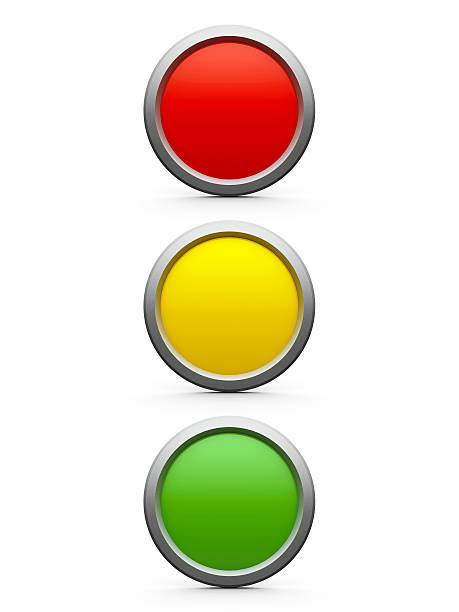
Why ithlete? Colour coded guidance
Understand how the ithlete baseline is calculated, what the daily training recommendations are and how you get to these.
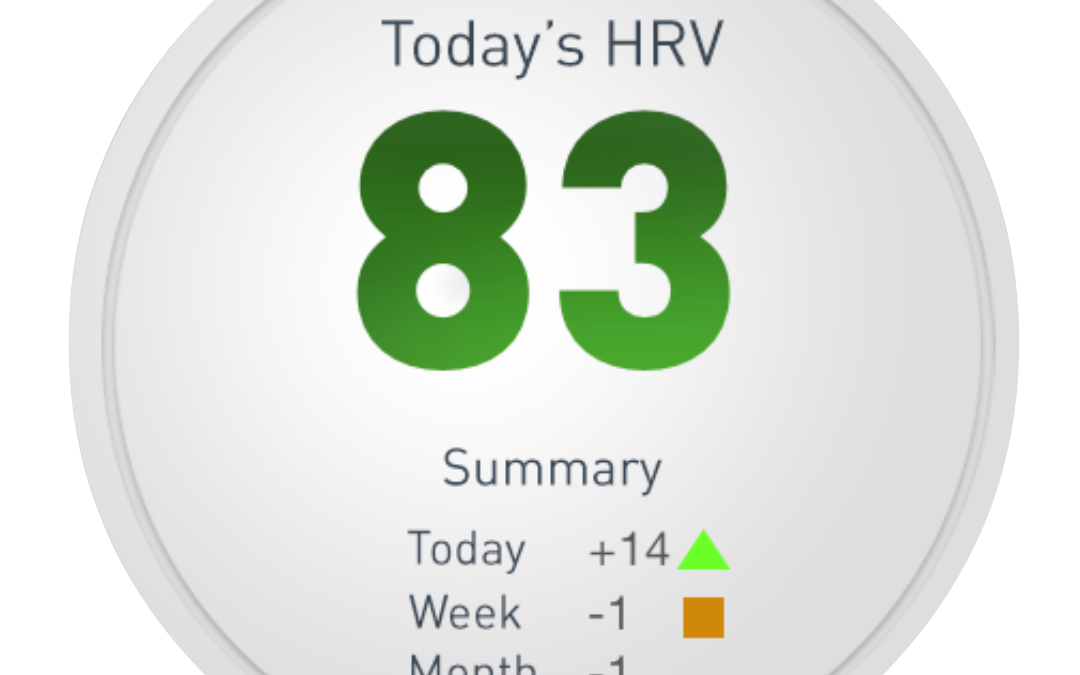
Why ithlete? The HRV scoring system
We needed a measure that was scientifically credible from a 1 minute measurement and was intuitive for the user. Here is why our patented lnRMSSDx20 formula fitted the bill.

Fatigue – is it all in the mind?
Who, what & why? Everyone reading this will be familiar with the sensation of gradually increasing effort to maintain the same pace whilst running or power output whilst cycling or rowing. But what exactly contributes to this sensation? And what can we do (safely)...
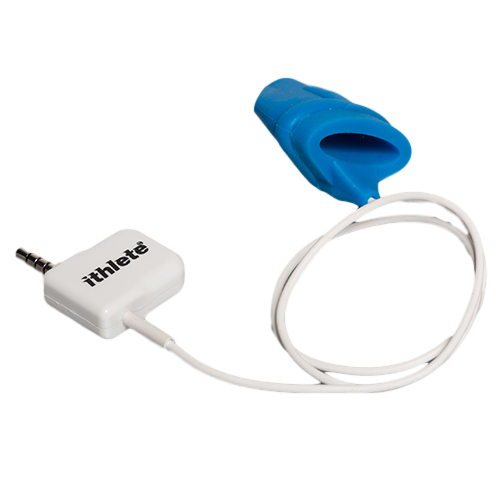
Why ithlete? The choice of sensor
There are many great reasons to choose ithlete, so many that we’ve written a blog series looking at why we do things the way we do. Follow the series to learn more about the type and length of measurement, how breathing influences your HRV and much more. The different...
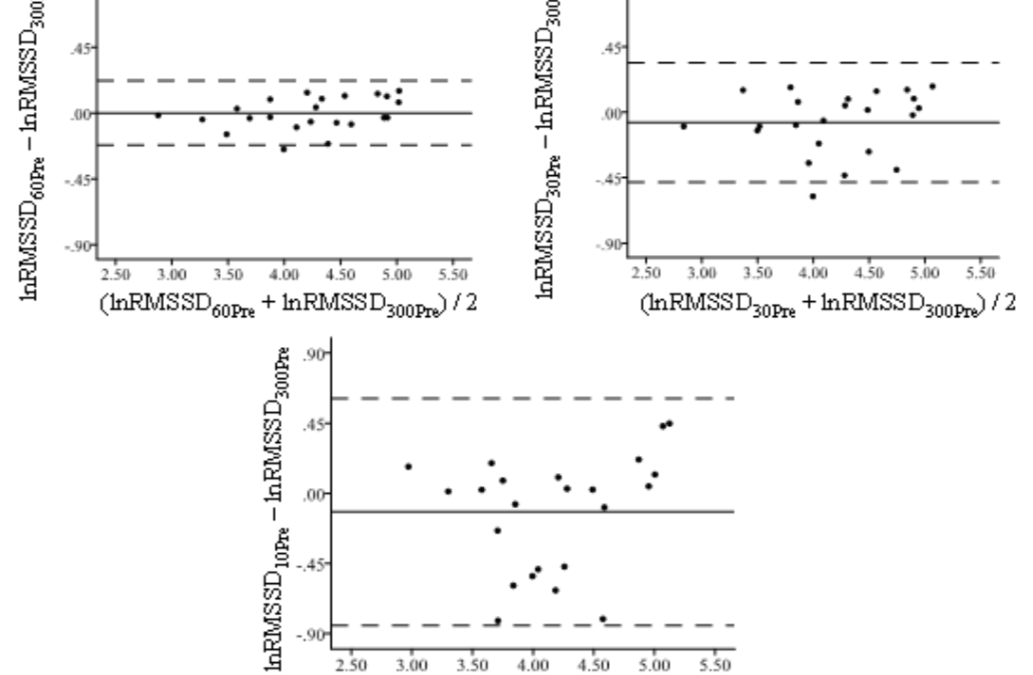
Why ithlete? The one minute measure
The second installment in our Why ithlete? series looks at the ultra short 1 min measurement. Why we chose it, how it was validated and is now best practice
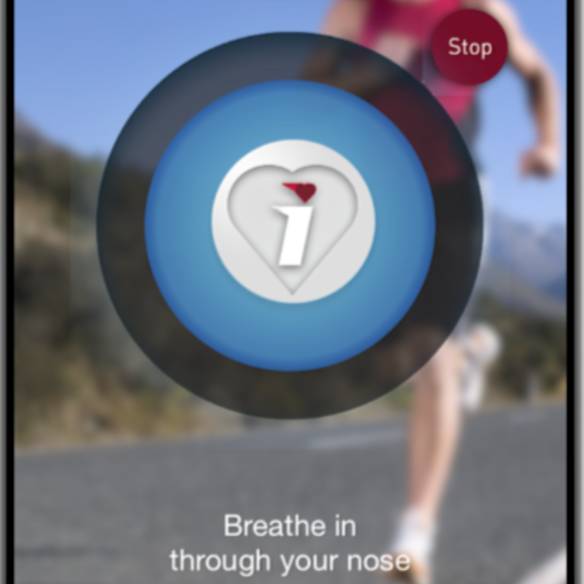
Why ithlete? The importance of paced breathing
When you breathe in your heart beats faster, and when you breathe out, it slows down again. For this reason, we ask you to follow paced breathing whilst we measure your heart rate variability (HRV).
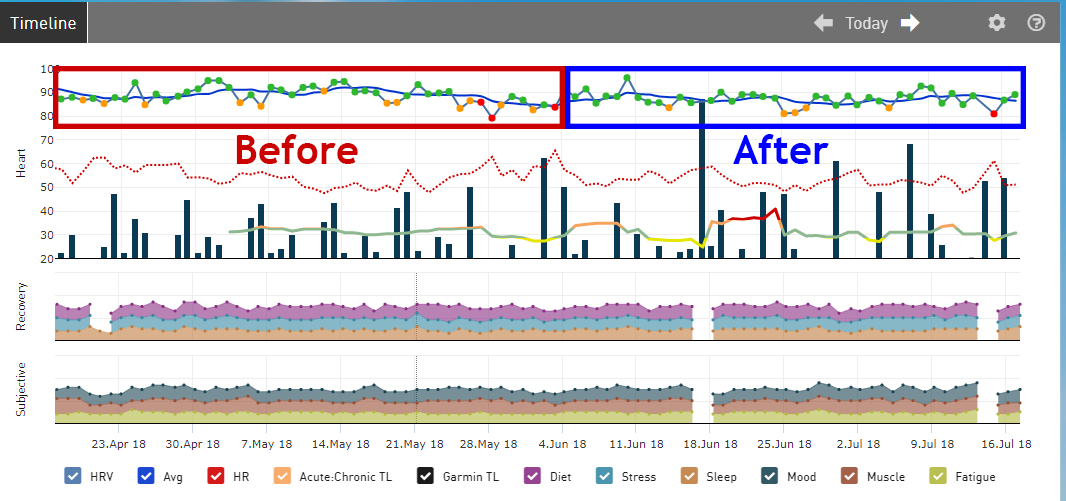
Better is Better
Like so many coaches out there, I’ve coached a fair share of athletes who subscribe to the “more is better” mindset. Over my years in the endurance world, I’ve definitely learned to subscribe to the “more is not better; better is better” philosophy. Why? Because...
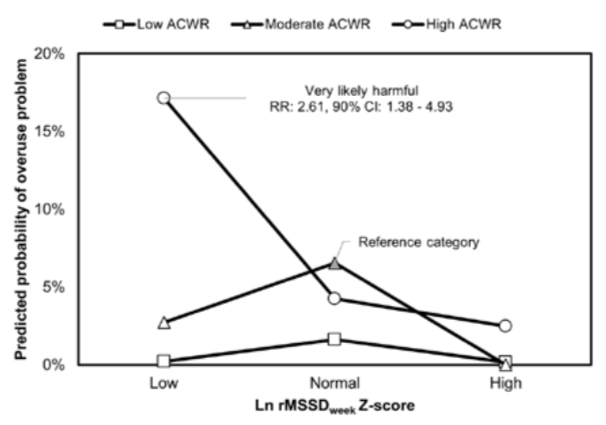
Can daily HRV monitoring predict the incidence of injury in CrossFit™ athletes?
Although undoubtedly effective in developing strength and fitness, CrossFit also has a reputation for overuse injuries. Can tracking HRV reduce this risk?
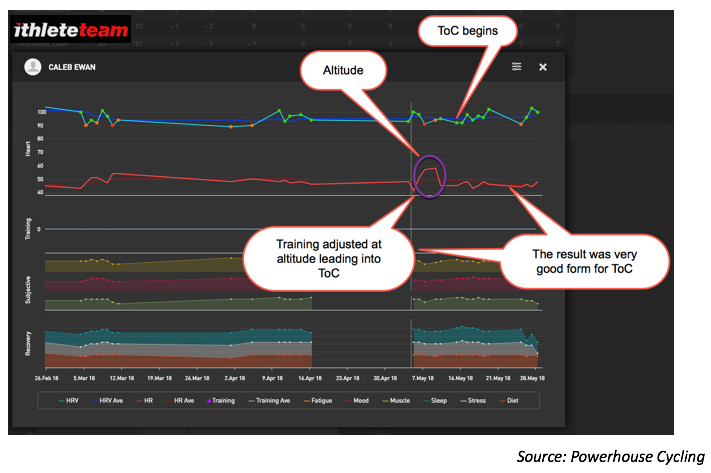
HRV case study data from elite athletes
Coaches of elite athletes share some of their ithlete HRV data and observations which illustrates useful feedback on how they were adapting to training and other stresses.

Do fluctuations in training load lead to changes in heart-rate variability in elite rugby union players?
The third post in the series from Richard Beck, looking at the results of his study.
Want to know more about ithlete?
Follow these four easy steps to get started with ithlete today!
Choose a heart rate sensor
To measure heart rate variability (HRV) with ithlete you’ll need a heart rate sensor. You have the option to use an ithlete finger sensor or chest strap monitor. If you have a recent iPhone, iPad or Android device you may like to use our Bluetooth Smart chest strap monitor, or alternatively grab a Polar type analogue strap (we also offer one of these) and an ithlete ECG receiver to pick up the signal. Visit the ithlete store to find your preferred sensor.
Download the ithlete app
ithlete is available on both iOS and Android devices and can be downloaded from the App Store or Google Play. If you do want to check your model of smartphone or tablet is compatible check our FAQ page.
One minute daily measurement
After waking each morning relax and sit comfortably, slip on a chest strap or finger sensor and follow the on screen instructions to get an accurate reading of your heart rate variability. Taking the measurement couldn’t be simpler and in 60 seconds you will have a personalised training recommendation for the day.
Reap the benefits of training with ithlete
The idea is quite simple. Training is all about stress and recovery. A hard session, lack of sleep, mental stress etc. will lower your number. If your reading drops significantly, take this as an early warning that you are overloading the system. On the other hand a high score lets you know you should make the most out of the day. Benefits of this include avoiding overtraining, workout optimisation, guilt free rest days, improved performance and much more!

